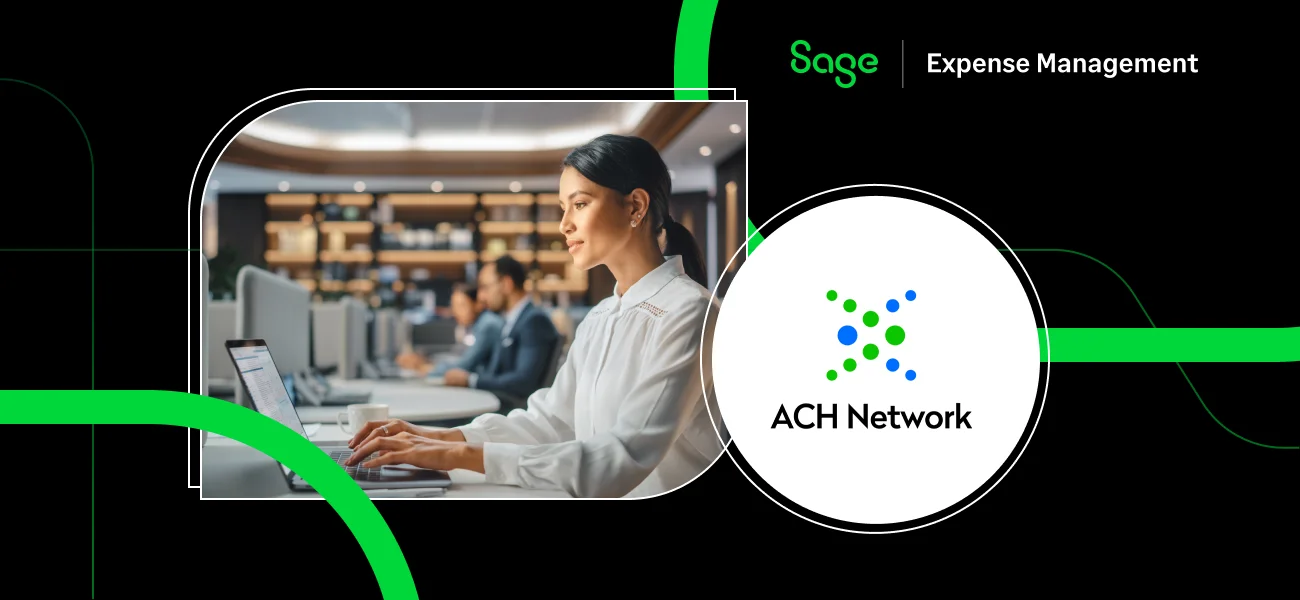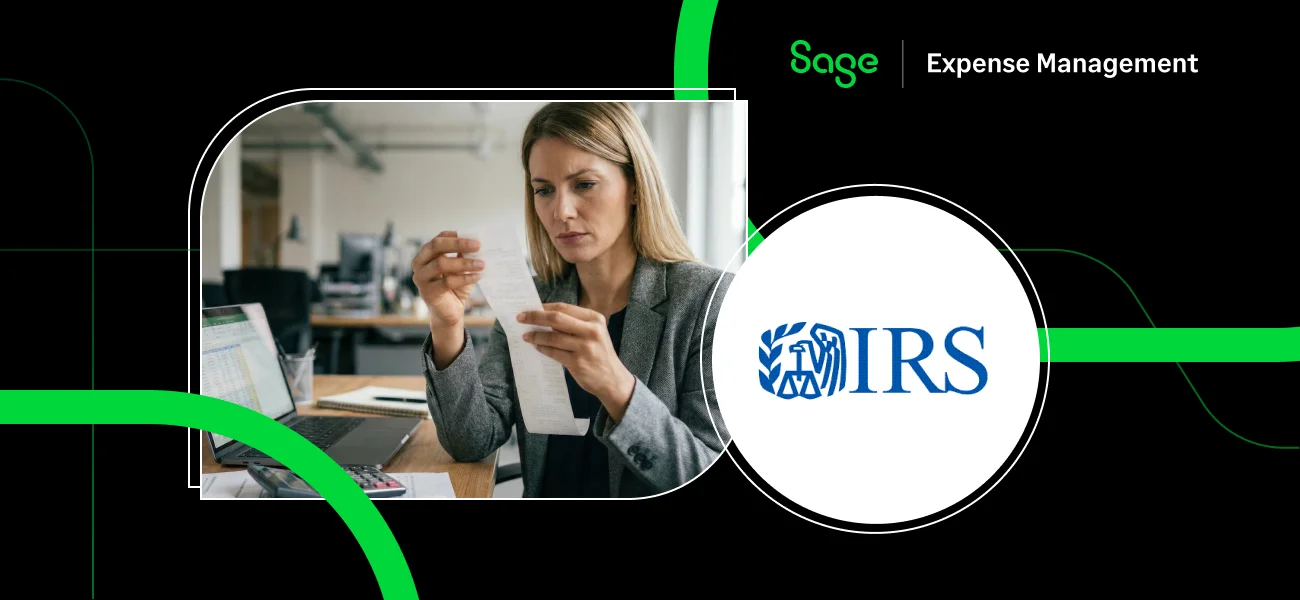Virtual cards are gaining popularity among businesses, and the reason is simple. Besides the global shift to online transactions, this digital payment method promises many benefits over legacy payment processes.
From fraud protection to financial productivity, the trend of virtual cards will likely continue to grow well after the pandemic. In fact, a 2021 report by Juniper Research predicts the total transaction value for virtual cards to reach $6.8 trillion by 2026.
But what exactly is a virtual card, and how is it useful for small-medium businesses? Here's everything you need to know before signing up.
What is a virtual card?
Virtual cards, also known as single-use cards, are pseudo-cards created as an alias for an actual card.
Unlike regular digital bank cards linked to a single card number and information, users can create multiple virtual cards with unique 16-digit card numbers, CVC, and expiration dates to make online payments.
Also, these virtual cards generally share the same functions as the digital cards stored on your phone, except for the part where they can be readily generated, paused, or canceled.
How do virtual cards work?
A virtual card is essentially still connected to your main account, but it works by randomly generating a set of unique card details.
To help you better understand, let’s say you are about to purchase an online course. Instead of entering your physical business card details, you can use a one-time number generated on your banking platform. Then, once the transaction goes through, you can find the charge on your main account.
This safeguards your actual card number and information from being known. So, even in the event of a vendor database hacking, hackers cannot use your card details.
Physical cards vs. virtual cards
Though both physical and virtual cards can facilitate payments, there are still some significant differences between both payment methods for businesses.
1. Convenience and ease of use
Setting up a virtual card is different from acquiring a physical card. You can set it up almost instantly through your banking platforms in minutes. This feature allows businesses to more efficiently provide funds to their staff, which can help companies to save time and boost productivity.
In contrast, getting a physical corporate credit card is more troublesome, and companies need to pay and wait for their plastic cards to be printed and delivered. This can also be a more expensive option for smaller companies as additional cardholder fees quickly add up.
2. Branding and design
Virtual cards offer white-label options which allow businesses to customize their logos, designs, and color schemes onto their cards. This allows for better distinction, and companies can use these features to recognize the functionality of each virtual card easily.
While this is not the case for physical cards, businesses also have the options of co-branded credit cards where they can enjoy benefits or collect reward points for their expenditure.
3. Levels of control and management
Another significant difference between physical and virtual cards is the level of control that comes with each card type.
For example, virtual cards allow flexible approvals to create custom approvals for specific employees, vendors, or subscriptions.
You can also set the budget threshold and transaction type, which helps enforce company policies and eliminate any practice of shadow spending. Though you can also do this with prepaid debit cards with deposit amounts, it can be hard to track spending in real-time.
4. Level of security
Online payments are the standard these days, and it is made convenient with the swiping or tapping of a physical card. However, it poses a significant security risk as it involves sharing sensitive card information with many vendors online.
This leads you to the question - Does the vendor have proper security to protect your business credit card?
But when it comes to virtual cards, they have better protection against theft and fraud as your credit card number remains private even if you use it for multiple online transactions.
Before you make up your mind, let’s dive deeper into the pros and cons of using virtual cards.
Five advantages and disadvantages of using virtual cards
Benefits of using virtual cards in 2022
1. Generate a unique card number for a one-time online transaction
Again, the key benefit of a virtual credit card is that it can keep your banking information safe when handling online transactions. You can process online transactions without giving your company’s banking information by generating a temporary card number with a virtual card.
Additionally, you can also set a custom expiration date to limit the use of the card. If set for one-time use, the card will automatically close once the transaction is made.
You’d also never have to worry about credit card breaches or shady merchants making extra charges on your card with a masked card number.
2. Set card limits for specific purposes and transactions
When it comes to virtual cards for businesses, one of the most significant advantages is that it allows you to control how your money is being spent.
Virtual cards allow for more customization and control. For example, you can create a virtual card for any specific purpose or transaction, like a separate card for online purchases and subscriptions.
You can also apply limits on expenses, usage, expiration date, and more with each virtual card you own. This drastically reduces the risk of overspending and managing resource planning. This makes virtual cards an option to consider giving employees instead of the company’s physical business card.
3. Encourage transparency and teamwork through virtual cards
It’s relatively easy to keep track of spending with virtual cards. You can generate an unlimited number of virtual cards, which means businesses can load and assign a virtual card for each employee. This creates transparency and a spirit of collaboration as every team member becomes equally responsible for working toward the same end goal.
Businesses can also simplify management by using different cards for each team or project. For example, if the marketing team needs to pay off expenses for freelance writing or if the tech team needs to pay for additional RAM space. Team members can use the project or team-specific cards for these expenses. Here, you gain greater visibility into your team’s expenditure and can also track who is spending on what.
4. No physical card to lose or be stolen
Ever lost your credit card or had it stolen before? If yes, you will know how annoying it is to contact your bank and have them close the account. It becomes even more of a hassle when you also have to wait for weeks to replace the credit card.
This is not the case with virtual cards, as you can never lose them. Besides, you do not have to change your actual card information even if your virtual card details are compromised.
5. Track expenses and manage bookkeeping
Virtual cards enable you to monitor all company spending from a centralized management platform depending on the financial service.
Whether recurring or single-use cards, you can easily streamline audit processes with designated cards for each vendor, employee, or subscription. This saves businesses hours in filing reimbursements and helps them keep a tab on business receipts and expenses, which helps companies better manage their business spend management.
In the long run, this will pay off with good business credit that will get you access to more favorable funding and better leverage in negotiating deals and trades.
Things to watch out for when opting for a virtual card
1. Virtual credit cards can only work online
Unlike physical cards, virtual cards work exclusively online. Unfortunately, this means employees cannot use them to make in-person purchases.
Though this can be pretty easy to avoid, it can be tricky to manage business travel expenses like hotel rooms or car rentals as they often require you to match the number you used online.
2. Painful refund process
Likewise, it can be a hassle when you request a refund because when you make an online transaction, your repayments are expected to return to the card you used at checkout.
This can be problematic when using a virtual account number, especially if your card number has expired.
3. Granular control can be tedious
As you have unprecedented flexibility in creating unlimited virtual cards, keeping track of your payments and cards can get hard.
Creating one-time, multi-use, and recurring cards can get tedious. You need to remain vigilant and check your financial statements regularly to see if there are any unauthorized transactions.
You’d also want to avoid putting a temporary card on recurring payments as it can become problematic when your card number has expired for the next purchase.
4. High card processing fees
Though most services let you create virtual cards for free with promises of zero annual fees, there is still a hidden cost to using virtual cards.
The interchange fees for virtual cards are over 1.5%, much higher than the 0.3% cap regulated for consumer credit cards. Plus, businesses still have to pay additional fees for the online payment processor. This includes currency conversion fees for international transactions, PayPal’s card verification fees, and more. This, if overlooked, can hurt your profit margins.
5. There’s still a possibility of being hacked
It’s important to know that though virtual cards are more secure than physical cards, there is still a possibility of a data breach. If you think your phone has been breached, ensure that you take all the necessary steps to block hackers from your phone to prevent any kind of illegal activity.
Additionally, remember that fraud can still happen if you don’t set the appropriate time and payment limit; the vendor can still run charges to your card.
Suggested Reads:
- Best Business Credit Cards for Small Businesses and Startups
- 5 Best Practices to Manage Corporate Credit Cards
Conclusion
Virtual cards are an upgrade over traditional physical cards, given that they are a more secure and productive method for online payments.
Then again, it also comes with its own set of concerns. So, as a business, before you make your pick, be sure to do your research and check what would best serve your business needs.



.webp)
















